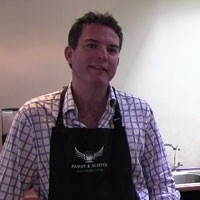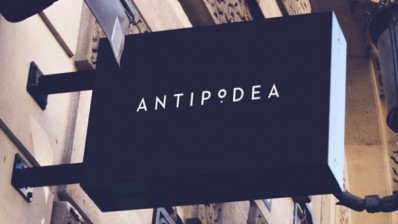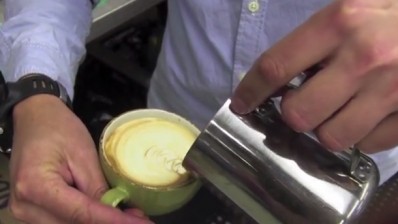Non-alcoholic drinks: How to improve your coffee offering
As we have seen in previous parts of our special series, the UK is going through a coffee revolution – with artisan coffee shops educating consumers about single-origin beans, lighter-roasts and different brewing methods.
With the pressure on restaurants, bars and hotels to improve their coffee offering, BigHospitality asked Paddy & Scott's co-founder Paddy Bishop what bars and restaurants should be thinking about when buying coffee, choosing equipment and training staff.
Paddy & Scott's head barista Gareth Davies then explained the main principles behind a good latte, and showed us how to put everything together to serve the perfect cup of coffee.
Q&A: Paddy Bishop, co-founder, Paddy & Scott'sWhy is artisan coffee culture rising in the UK and what impact is it having?
“Artisan coffee culture is rising in the UK because the consumer is becoming more educated.
“I really believe that we are new to coffee compared to a lot of the world and we still have a lot to learn, but people are really enjoying learning about it.”
Why is good coffee an important part of a restaurant offering?
“I think good coffee is important to restaurants because, firstly, the consumer expects a good cup of coffee at the end of the evening, and secondly because there is good money in it. To serve a good cup of coffee only costs around 50p a cup and that can be sold for anything from £2 a cup up to £5/6 a cup for some restaurant
“At the end of the day, consumers want to enjoy a good end to the evening and what restaurants are learning now is let’s now spoil the evening with a bad cup of coffee, lets serve a good cup of coffee."
What sort of roasts should restaurants be serving?
“A traditional restaurant with an older audience would want to have a more easy drinking, mild coffee with caramel notes, while a soho style restaurant with a younger clientele would look for that more fruity, slightly acidic coffee that brings out a stronger flavour
How important is equipment?
“Get the equipment wrong and you are going to make a bad cup of coffee. It is all about the volume and the style you want to do, and the staffing you have. If you don’t have the right staffing we would always recommend a bean to cup. If you have staff that are passionate and want to spend time making a proper cup of coffee, we would always go for the traditional espresso machine.”
Why should restaurants and hotels invest in training?
“Staff training is key, I think it is the most crucial part. We can supply the best coffee in the world but it can be ruined in seconds. Our motto is respect the bean – it has been on a six month journey and has been cultivated by generations of farmers, so the training side is really important."






















